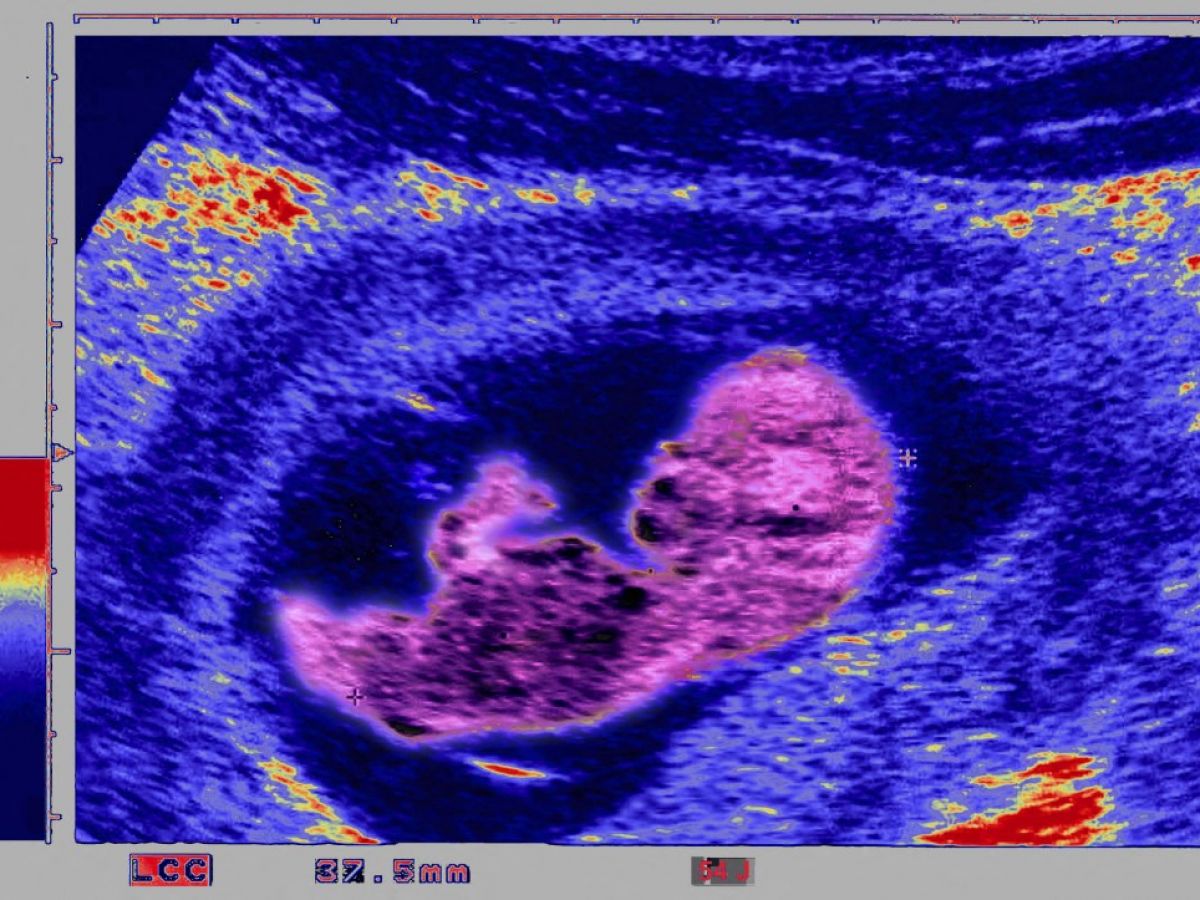PFAS, a class of synthetic compounds, are present in many everyday, technical, and professional manufactured objects. At the molecular level, they are chains of carbon atoms of varying length. The chemical industry manipulates the length of these chains, from which hydrogen atoms are removed and replaced by fluorine atoms. Since the carbon-fluorine bond is a very strong chemical bond in organic chemistry, it is this bond that determines the extreme persistence of PFAS in all "compartments" of the environment: water, soil, atmosphere, and organisms.
We are therefore exposed to them through the water we drink, the food we eat, and the air we breathe. What happens to a pregnant woman contaminated by these substances and to the baby she is carrying? Long-term epidemiological research involving a cohort of women and children living in the Grenoble region is examining the impact of PFAS on the placenta.



